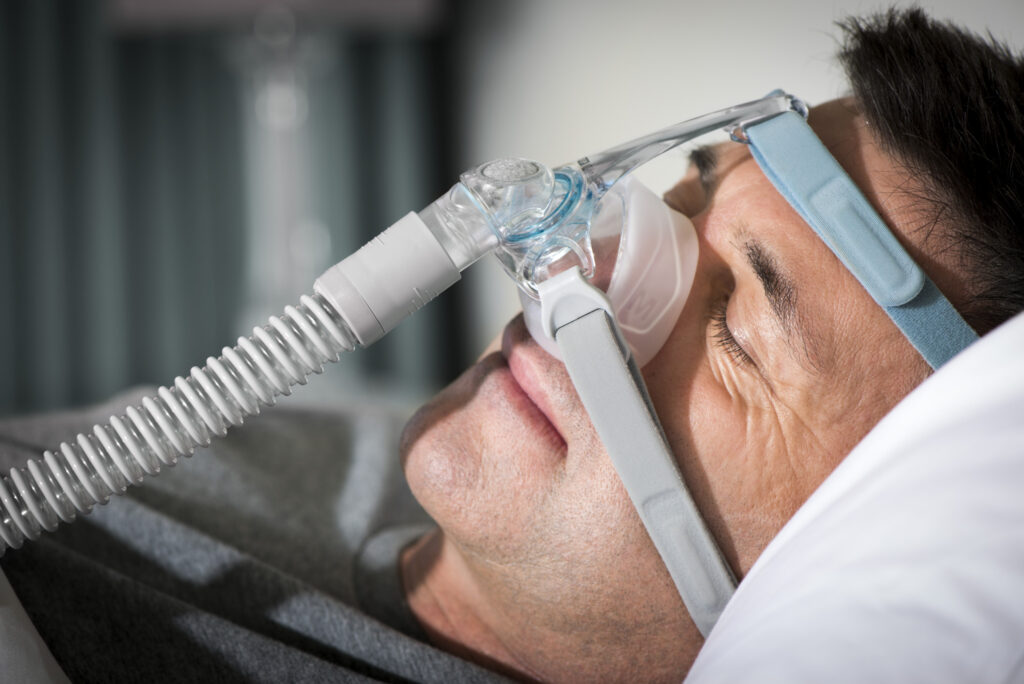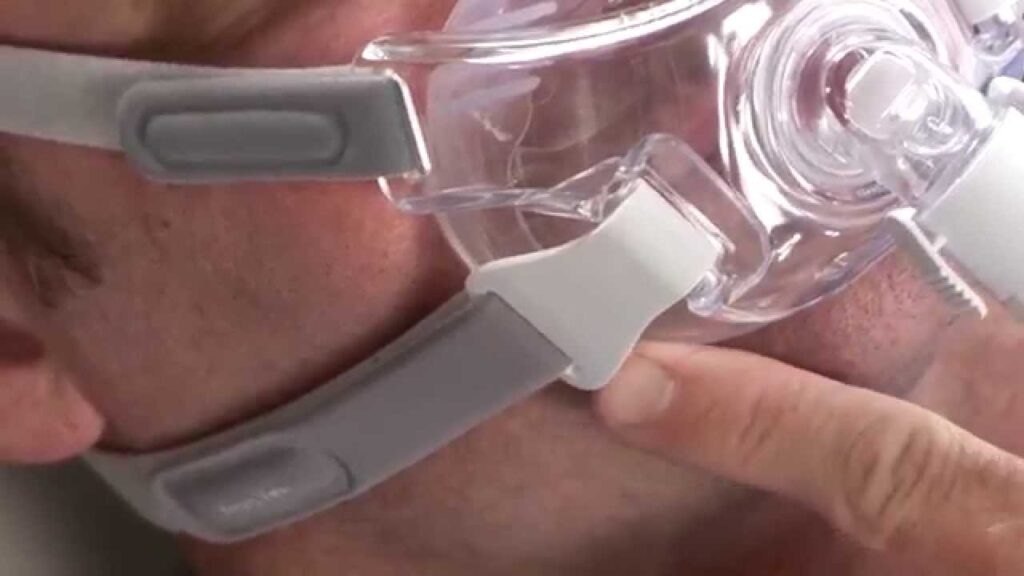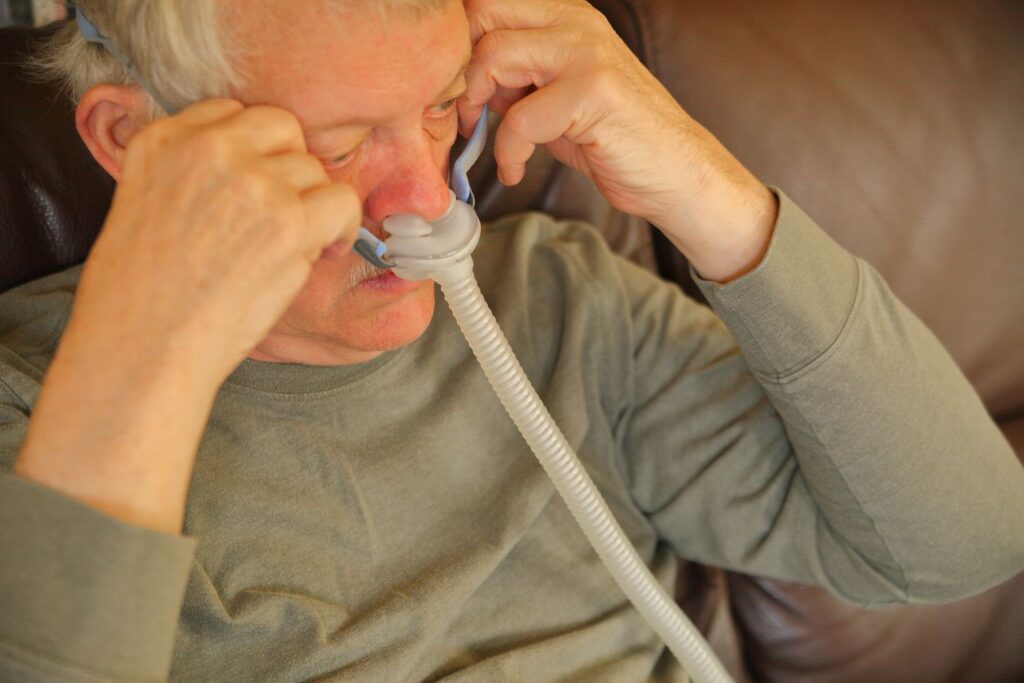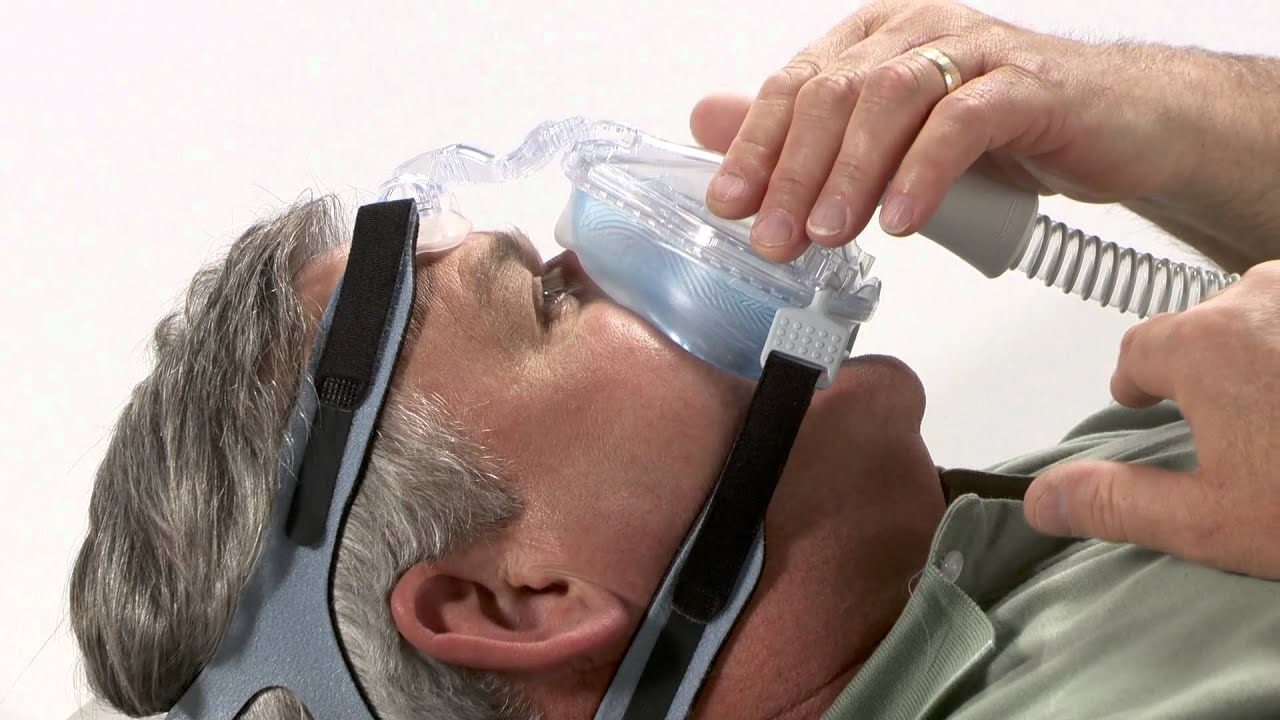CPAP therapy is a widely recognized treatment for sleep apnea, a condition characterized by pauses in breathing during sleep. The continuous positive airway pressure (CPAP) delivered through a mask helps to keep the airway open, ensuring uninterrupted breathing throughout the night. However, with several different CPAP masks style available in the market, it can be overwhelming to choose the right one.
In this article, we will explore the pros and cons of different CPAP masks style to help you make an informed decision.
Understanding CPAP Therapy
Sleep apnea is a serious sleep disorder that can lead to various health issues if left untreated. CPAP therapy is a non-invasive treatment option that uses air pressure to keep the airway open. By wearing a CPAP mask during sleep, individuals can experience improved sleep quality, reduced daytime sleepiness, and better overall health. Click here for guide to choosing the right CPAP mask.
But how exactly does CPAP therapy work? Let’s dive deeper into the role of CPAP in sleep apnea treatment.
The Role of CPAP in Sleep Apnea Treatment
CPAP therapy is considered the gold standard in treating obstructive sleep apnea (OSA), the most common form of sleep apnea. It helps to prevent the collapse of the upper airway, allowing for uninterrupted breathing and oxygenation during sleep. This, in turn, reduces the risk of complications associated with sleep apnea, such as cardiovascular problems, daytime fatigue, and impaired cognitive function.

When a person with sleep apnea sleeps, the muscles in their throat relax, causing the airway to narrow or close completely. This leads to pauses in breathing, known as apneas, and a decrease in oxygen levels. CPAP therapy works by delivering a constant stream of pressurized air through a mask, which acts as a splint to keep the airway open. The continuous positive airway pressure (CPAP) prevents the collapse of the airway, allowing for normal breathing patterns and adequate oxygenation.
By ensuring a steady flow of oxygen, CPAP therapy not only improves sleep quality but also reduces the strain on the heart. Sleep apnea has been linked to an increased risk of cardiovascular problems, such as high blood pressure, heart disease, and stroke. By effectively treating sleep apnea with CPAP therapy, these risks can be significantly reduced.
How CPAP Masks Facilitate Therapy
A CPAP mask is a crucial component of the therapy as it delivers the pressurized air to the airway. It fits over the nose and/or mouth, creating a seal that prevents air leakage. The mask is connected to a CPAP machine that delivers a continuous flow of pressurized air. The pressure keeps the airway open, allowing for easy breathing and uninterrupted sleep.
CPAP masks come in various styles and sizes to accommodate different individuals’ needs and preferences. Some masks cover only the nose, while others cover both the nose and mouth. There are also masks designed specifically for individuals who breathe through their mouths or have facial hair. Finding the right mask that provides a comfortable fit is essential for successful CPAP therapy.
Modern CPAP masks are designed with comfort and convenience in mind. They are made from soft materials and feature adjustable straps to ensure a secure and comfortable fit. Some masks even have additional features like built-in humidifiers to prevent dryness and irritation of the airways.
It is important to note that CPAP therapy may require some adjustment and getting used to. Wearing a mask during sleep can feel strange at first, but with time, most individuals adapt and experience the benefits of improved sleep and overall well-being.
In conclusion, CPAP therapy plays a vital role in the treatment of sleep apnea. By delivering a continuous flow of pressurized air through a mask, CPAP therapy keeps the airway open, allowing for uninterrupted breathing and improved sleep quality. With the right mask and proper adjustment, individuals can experience the positive impact of CPAP therapy on their overall health and well-being.
Exploring Different CPAP Mask Styles
When it comes to choosing a CPAP mask, there are three main styles to consider: nasal masks, full face masks, and nasal pillow masks. Each style offers its own unique advantages and considerations, catering to individual preferences and requirements.
Nasal Masks
Nasal masks, as the name suggests, cover the nose and are designed for CPAP users who primarily breathe through their nose. These masks strike a good balance between comfort and effectiveness. They are lightweight and less obtrusive compared to full face masks, making them an excellent choice for those who prefer a minimalistic design.
One of the key benefits of nasal masks is that they provide a secure seal around the nose, ensuring that the pressurized air from the CPAP machine reaches the airways effectively. This can be particularly beneficial for individuals who require higher air pressure to alleviate their sleep apnea symptoms.
Furthermore, nasal masks are known for their versatility. They are compatible with a wide range of CPAP machines and are available in various sizes to accommodate different facial structures. This ensures a comfortable fit and reduces the likelihood of air leakage during sleep.

Full Face Masks
Full face masks cover both the nose and mouth, making them suitable for individuals who breathe through their mouth or have nasal obstructions that prevent nasal breathing. These masks provide a secure seal, ensuring that the pressurized air is delivered effectively to the airways.
One of the advantages of full face masks is their ability to accommodate higher air pressure. Some individuals require higher pressure settings to effectively treat their sleep apnea, and full face masks are designed to handle these higher pressures without compromising comfort or effectiveness.
Additionally, full face masks are known for their durability and stability. They are designed to stay securely in place throughout the night, minimizing the chances of air leakage and ensuring a consistent flow of pressurized air.
It is worth noting that full face masks may feel bulkier compared to nasal masks or nasal pillow masks. However, many users find that the benefits of a secure seal and the ability to breathe through both the nose and mouth outweigh any initial concerns about the size or weight of the mask.
Nasal Pillow Masks
For those who prefer a more minimalistic design, nasal pillow masks offer a lightweight and compact option. These masks are the smallest and lightest CPAP masks available, making them an excellent choice for individuals who dislike the feeling of a mask covering their face or have claustrophobia.
Nasal pillow masks feature two small nasal pillows that seal against the nostrils, allowing for a more natural and unrestricted sleeping experience. They provide a direct airflow into the nasal passages, making them suitable for individuals who primarily breathe through their nose.
One of the advantages of nasal pillow masks is their minimal contact with the face. This can be particularly beneficial for individuals who experience skin sensitivity or pressure sores from other mask styles. The reduced contact area also means less chance of mask marks or discomfort on the face in the morning.
It is important to note that nasal pillow masks may not be suitable for individuals who require higher air pressure or those who tend to breathe through their mouth during sleep. However, for individuals who meet the criteria, nasal pillow masks can provide a comfortable and effective solution for managing sleep apnea.
When choosing a CPAP mask style, it is essential to consider individual preferences, breathing patterns, and any specific requirements. Consulting with a healthcare professional or a CPAP supplier can help in selecting the most suitable mask style for optimal comfort and effective sleep apnea treatment.
Weighing the Advantages of CPAP Mask Styles
Each CPAP mask style offers unique advantages that contribute to a positive therapy experience. Understanding these advantages can help you determine which style is best suited to your needs.
Comfort and Fit: Pros of Each Style
Nasal masks provide excellent stability and comfort, making them a popular choice among users. The soft cushioning material of nasal masks gently rests against the face, ensuring a snug fit that doesn’t cause discomfort or irritation. The straps of nasal masks are adjustable, allowing users to customize the fit according to their preferences. This level of comfort is particularly beneficial for individuals who have sensitive skin or are prone to pressure sores.
Full face masks offer a secure seal and are less likely to shift during sleep, ensuring effective therapy. The design of full face masks covers both the nose and mouth, providing a complete seal that prevents air leaks. This comprehensive coverage is especially advantageous for individuals who tend to move around during sleep or sleep in different positions. With a full face mask, users can rest assured that their therapy will remain uninterrupted throughout the night.
Nasal pillow masks are lightweight and cause minimal facial pressure, enhancing comfort for those who prefer a less intrusive option. The small, cushioned inserts of nasal pillow masks fit directly into the nostrils, eliminating the need for a mask covering the entire face. This minimalistic design allows for a more open and natural feeling during sleep, making it easier for users to adjust to wearing a CPAP mask. Additionally, the lightweight nature of nasal pillow masks reduces the overall bulkiness, making it easier to find a comfortable sleeping position.

Effectiveness and Efficiency: Pros of Each Style
Nasal masks are highly effective for individuals who breathe through their nose. They promote efficient airflow and are less prone to leaks compared to full face masks. The focused delivery of pressurized air directly to the nasal passages ensures that users receive the full benefits of their therapy. This targeted approach is particularly advantageous for individuals who experience congestion or have difficulty breathing through their mouths.
Full face masks are ideal for mouth breathers or individuals with nasal obstructions, ensuring uninterrupted therapy. By covering both the nose and mouth, full face masks allow users to breathe comfortably through either or both airways. This versatility is especially beneficial for individuals who naturally breathe through their mouths or have conditions such as deviated septum or chronic sinusitis that obstruct nasal breathing. With a full face mask, users can experience the full benefits of CPAP therapy without any hindrance.
Nasal pillow masks provide a direct airflow, making them efficient and suitable for individuals who prefer a more natural breathing experience. The small nasal inserts of nasal pillow masks deliver pressurized air directly into the nostrils, mimicking the sensation of natural breathing. This direct airflow not only enhances the effectiveness of the therapy but also reduces the chances of air leakage. For individuals who value a more unobtrusive and less restrictive CPAP experience, nasal pillow masks offer an excellent solution.
Considering the Drawbacks of CPAP Mask Styles
While CPAP masks offer substantial benefits, it is important to be aware of their potential drawbacks to make an informed decision.
Common Discomfort Issues: Cons of Each Style
Nasal masks may cause dryness or irritation around the nose due to the direct contact of the mask material. Full face masks can sometimes feel bulky or claustrophobic, causing discomfort for certain users. Nasal pillow masks may cause nasal dryness or irritation for individuals who require higher airflow.
Potential Usage Challenges: Cons of Each Style
Nasal masks and full face masks may require adjustments to achieve a proper fit and seal. Users need to find the right size and position to prevent air leakage. Nasal pillow masks may not be suitable for individuals with significant nasal congestion or those who require high air pressure due to the limited airflow provided by the nasal pillows.
Making the Right Choice: Factors to Consider
When selecting a CPAP mask style, several factors should be taken into account to ensure optimal therapy experience.
Personal Comfort and Preference
Consider your personal comfort level and sleeping habits. Choose a mask style that allows you to sleep comfortably and does not cause discomfort or irritation.
Specific Medical Needs
If you have specific medical conditions, such as nasal obstructions or mouth breathing, consult with your healthcare provider to determine the most suitable mask style for your needs.
Lifestyle and Habit Considerations
Consider your lifestyle factors, such as travel, ease of maintenance, or compatibility with other sleep accessories. These factors can impact the usability and convenience of different mask styles.
By evaluating the pros and cons of different CPAP mask styles and considering these essential factors, you can make an educated decision on the style that will provide you with the best therapy experience. Remember, the right CPAP mask style is the one that ensures your comfort, compliance, and overall well-being.

Leave a Reply